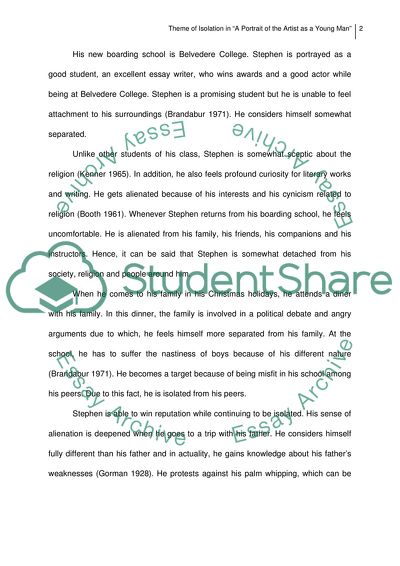Cite this document
(“A Portrait of the Artist as a Young Man Essay Example | Topics and Well Written Essays - 1750 words”, n.d.)
A Portrait of the Artist as a Young Man Essay Example | Topics and Well Written Essays - 1750 words. Retrieved from https://studentshare.org/visual-arts-film-studies/1553157-a-portrait-of-the-artist-as-a-young-man
A Portrait of the Artist as a Young Man Essay Example | Topics and Well Written Essays - 1750 words. Retrieved from https://studentshare.org/visual-arts-film-studies/1553157-a-portrait-of-the-artist-as-a-young-man
(A Portrait of the Artist As a Young Man Essay Example | Topics and Well Written Essays - 1750 Words)
A Portrait of the Artist As a Young Man Essay Example | Topics and Well Written Essays - 1750 Words. https://studentshare.org/visual-arts-film-studies/1553157-a-portrait-of-the-artist-as-a-young-man.
A Portrait of the Artist As a Young Man Essay Example | Topics and Well Written Essays - 1750 Words. https://studentshare.org/visual-arts-film-studies/1553157-a-portrait-of-the-artist-as-a-young-man.
“A Portrait of the Artist As a Young Man Essay Example | Topics and Well Written Essays - 1750 Words”, n.d. https://studentshare.org/visual-arts-film-studies/1553157-a-portrait-of-the-artist-as-a-young-man.


